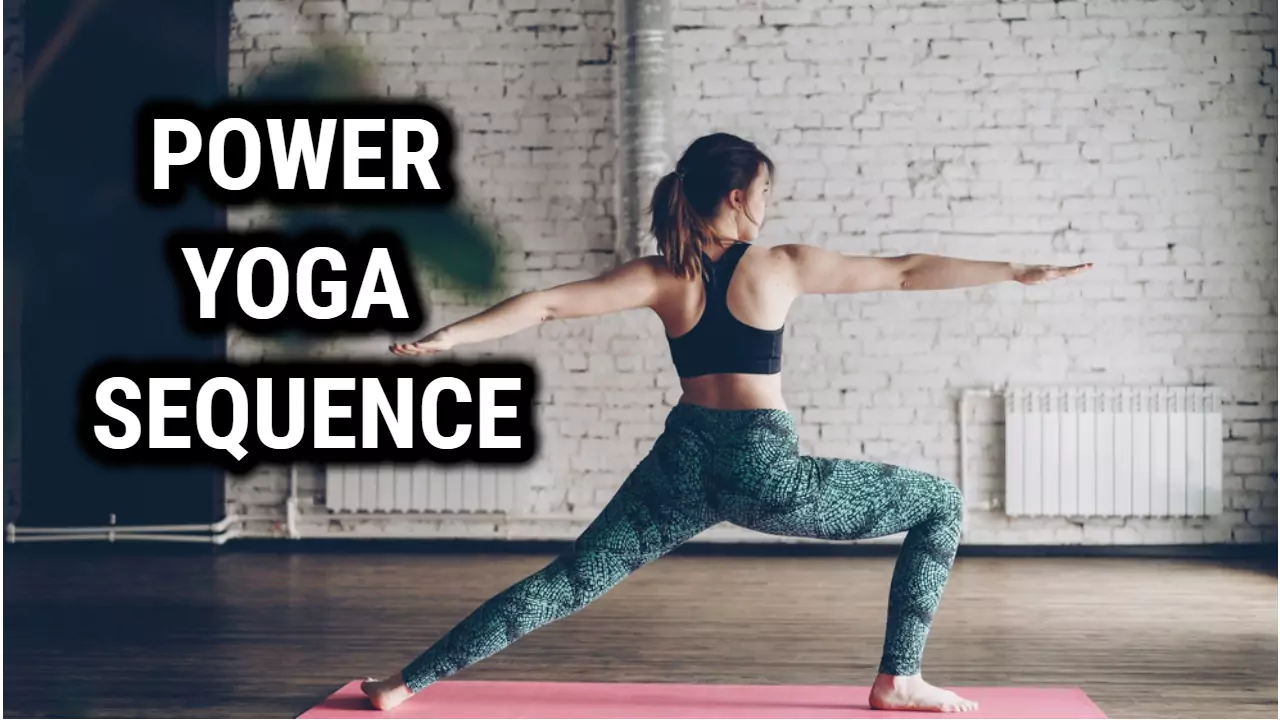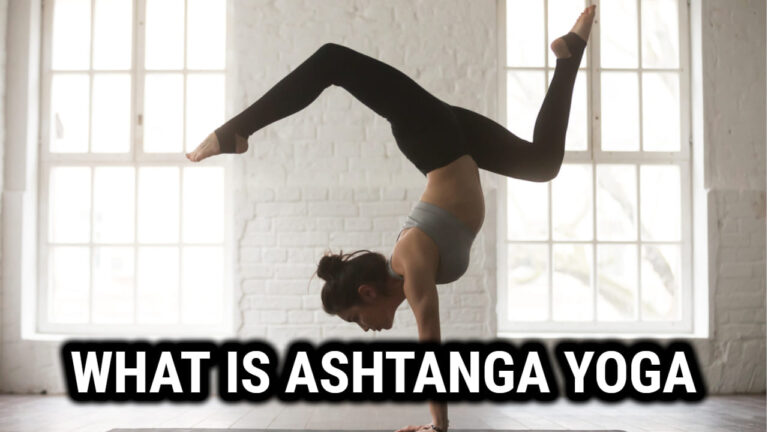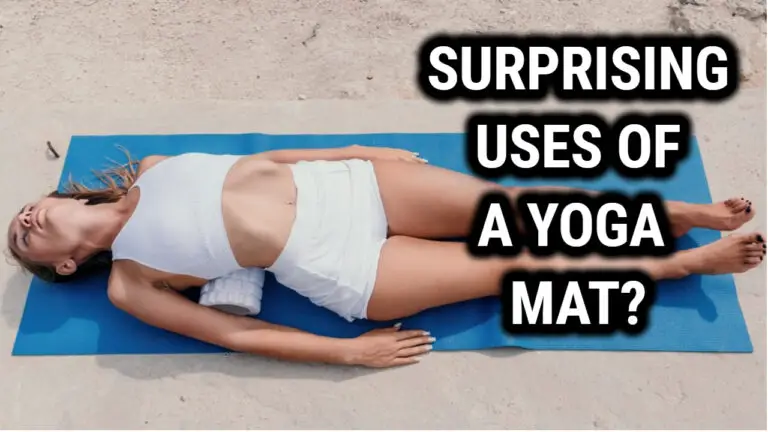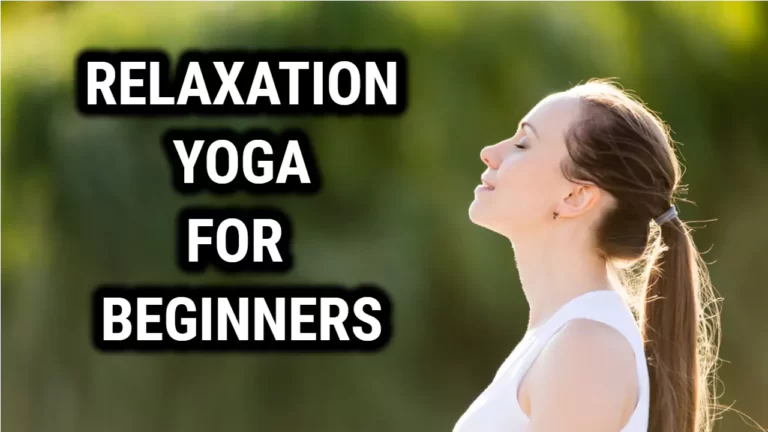Power Yoga Sequence: 10 Poses to Build Strength and Flexibility

Power Yoga is a type of yoga that involves a series of dynamic movements and postures designed to build strength, flexibility, and endurance. It is a fitness-based vinyasa practice that is often practiced in a heated room to help increase the intensity of the workout. Power Yoga is a popular form of yoga that has gained a lot of attention in recent years due to its numerous benefits for the mind and body.
One of the unique features of Power Yoga is that it allows for a lot of creative freedom in terms of sequencing. While there are some standard postures and movements that are commonly used, teachers are encouraged to create their own sequences that suit the needs and abilities of their students.
This means that Power Yoga classes can vary greatly from one teacher to the next, making it a fun and engaging practice that keeps students coming back for more.
If you are new to Power Yoga, it is important to start with the basics and gradually work your way up to more challenging sequences. It is also important to listen to your body and modify the postures as needed to avoid injury. With regular practice, Power Yoga can help you build strength, increase flexibility, and improve your overall health and well-being.
Benefits of Power Yoga
Power yoga is a fitness-based vinyasa practice that has many physical and mental health benefits. Here are some of the benefits of practicing power yoga:
- Increases heart rate and provides a cardio workout: Power yoga workouts can raise and sustain your heart rate, which helps your cardiovascular system stay healthy.
- Enhances stamina, strength, and flexibility: Power yoga builds internal heat, which helps increase your stamina, strength, and flexibility. It also helps tone your muscles.
- Relieves tension and stress: Power yoga can help you release tension and stress through sweat, which also helps release toxins from your body.
- Helps with weight loss: Because power yoga is rigorous, it burns more calories than most traditional forms of yoga and can help with weight loss.
- Improves posture and mental focus: Power yoga can help improve your posture and mental focus, which can lead to better overall physical and mental health.
It’s important to note that power yoga isn’t for everyone. If you have any pre-existing medical conditions or injuries, it’s important to consult with your doctor before starting a power yoga practice. Additionally, it’s important to listen to your body and not push yourself too hard during your practice. Remember, yoga is about finding balance and harmony in your body and mind.
Preparing for Power Yoga Sequence
Before starting a Power Yoga Sequence, it is important to prepare your body and mind to get the most out of the practice. Here are a few tips to help you prepare:
- Hydrate: Drink plenty of water before and after the practice to stay hydrated.
- Eat Light: Avoid eating heavy meals before the practice, as this can cause discomfort and make it difficult to move comfortably.
- Dress Comfortably: Wear comfortable, breathable clothing that allows you to move freely and won’t restrict your movement.
- Warm-up: Take a few minutes to warm up your body with some gentle stretches or movements to prepare your muscles and joints for the practice.
- Breath: Focus on your breath and take deep, slow breaths throughout the practice to help you stay calm and centered.
Remember to listen to your body and take breaks or modify poses as needed. If you have any injuries or medical conditions, consult with your doctor before starting a Power Yoga Sequence.
Power Yoga Sequence for Beginners
If you are new to power yoga, it is important to start with a sequence that is specifically designed for beginners. Here is a simple power yoga sequence that you can try:
| Poses | Description |
|---|---|
| Mountain Pose | Stand with your feet hip-width apart, arms at your sides, and palms facing forward. |
| Forward Fold | Exhale and fold forward at the hips, bringing your hands to the floor or a block. |
| Downward-Facing Dog | Step back into downward-facing dog, with your hands shoulder-width apart and your feet hip-width apart. |
| Plank Pose | Shift forward into plank pose, with your shoulders directly over your wrists and your body in a straight line. |
| Chaturanga | Lower down halfway, keeping your elbows close to your body. |
| Upward-Facing Dog | Press into your hands and lift your chest up into upward-facing dog. |
| Downward-Facing Dog | Exhale and return to downward-facing dog. |
| Warrior I | Step your right foot forward between your hands and come up into warrior I, with your back foot at a 45-degree angle. |
| Triangle Pose | Open up into triangle pose, with your front leg straight and your back foot turned out. |
| Repeat on the Other Side | Step back into downward-facing dog and repeat the sequence on the other side, starting with warrior I on your left side. |
Remember to breathe deeply and stay focused on your breath throughout the sequence. If any pose feels too challenging, feel free to modify or skip it. As you become more comfortable with the sequence, you can start to add in more challenging poses and hold each pose for longer periods of time.
Also Read: Which Yoga Poses Are Better Than Cardio Workouts?
Advanced Power Yoga Sequence
If you’re looking for a challenge, an advanced power yoga sequence may be just what you need. This type of sequence is designed to push your limits and test your strength, flexibility, and endurance. It’s important to note that advanced sequences should only be attempted by experienced yogis who have a solid foundation in power yoga and are comfortable with inversions, arm balances, and other challenging poses.
A typical advanced power yoga sequence may include a combination of standing poses, inversions, arm balances, backbends, and twists. The sequence is usually fast-paced, with each pose flowing seamlessly into the next. The goal is to build heat in the body, increase stamina, and challenge the mind-body connection.
Here is an example of an advanced power yoga sequence:
| Pose | Description |
|---|---|
| Downward-Facing Dog | Start in Downward-Facing Dog, and on your inhale, lift your right leg up and back. Move from your core strength, and firm your leg muscles to the bone so your leg is high, straight, and strong. Align both hip bones toward the ground, flex your lifted foot, and turn all five toes to face the mat. |
| Handstand | From Downward-Facing Dog, walk your feet in a few steps and lift your hips up high. Press your hands firmly into the mat and shift your weight forward, lifting one leg off the ground and then the other. Keep your core engaged and your gaze focused between your hands. |
| Side Crow | From a squatting position, place your hands on the ground shoulder-width apart. Twist your torso to the right and place your left elbow on the outside of your right thigh. Shift your weight forward and lift your feet off the ground, balancing on your hands. Repeat on the other side. |
| Wheel Pose | Lie on your back with your feet hip-width apart and your hands by your ears, fingers pointing towards your shoulders. Press into your hands and feet and lift your hips up towards the ceiling, coming into Wheel Pose. Keep your elbows straight and your shoulders away from your ears. |
| Headstand | From a kneeling position, place your forearms on the ground and interlace your fingers. Place the crown of your head on the ground and lift your hips up towards the ceiling. Slowly walk your feet towards your head until your hips are stacked over your shoulders. Lift one leg off the ground and then the other, coming into Headstand. |
If you’re new to power yoga or have any injuries or health concerns, it’s best to stick with a beginner or intermediate sequence. Always listen to your body and modify or skip poses as needed. With practice and patience, you may eventually be ready to take on an advanced sequence.
Tips for a Safe and Effective Power Yoga Practice
Power yoga is an intense and dynamic practice that requires focus, strength, and flexibility. To ensure a safe and effective practice, here are some tips to keep in mind:
- Warm up properly: Start with some gentle stretches and warm-up poses to prepare your muscles and joints for the more challenging sequences.
- Breathe deeply and mindfully: Use your breath to stay present and focused throughout your practice. Inhale deeply through your nose and exhale slowly through your mouth.
- Use props if needed: Blocks, straps, and blankets can help support your body and make poses more accessible. Don’t be afraid to use them.
- Take breaks when necessary: If you feel tired or overwhelmed, take a child’s pose or a restorative pose to rest and recharge.
Remember that power yoga is a challenging practice, but it should never cause pain or injury. By following these tips and listening to your body, you can enjoy a safe and effective power yoga practice that strengthens your body and calms your mind.
Related Read: Power Of Yoga Mudras: Simple Hand Gestures To Enhance Your Practice
Conclusion
Power Yoga is a dynamic and challenging style of yoga that can help you improve your overall health and fitness. By incorporating strength and endurance elements from branches like Vinyasa and Hatha Yoga, Power Yoga sequences can help you build internal heat, increase stamina, strength, and flexibility, as well as reduce stress and improve your mood.
Whether you are a beginner or an experienced yogi, Power Yoga sequences can be customized to fit your fitness level and goals. By regularly changing poses in your sequence, you can work your entire body and prevent your mind and body from getting into a rut.
As with any exercise program, it’s important to consult with your doctor before starting Power Yoga or any other new fitness routine. And remember, always listen to your body and modify poses as needed to prevent injury and ensure a safe and effective practice.
So why not give Power Yoga a try? With its many benefits, it’s a great way to challenge your body and mind, and take your yoga practice to the next level.





